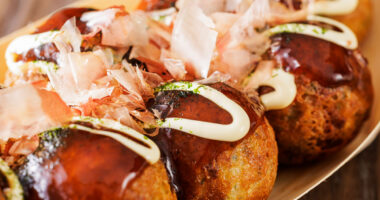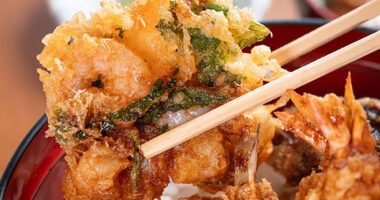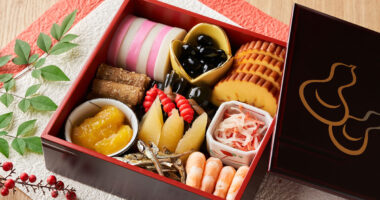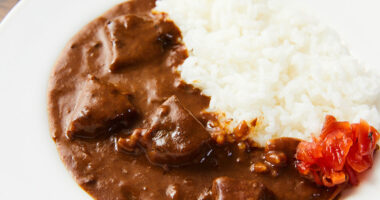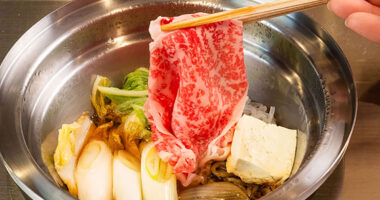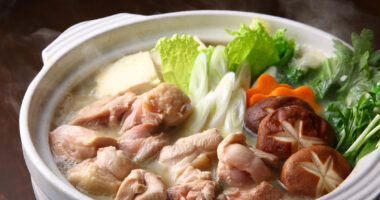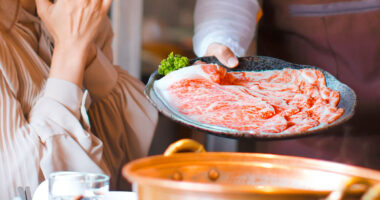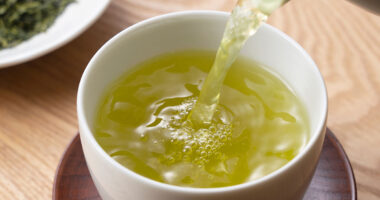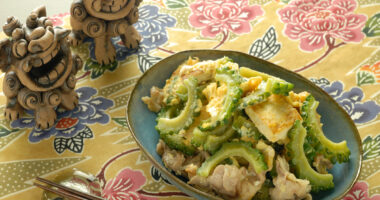Japanese snacks captivate people worldwide with their unique flavors and vast variety.
From time-honored wagashi (traditional Japanese sweets) to modern Western-style confections, Japan’s rich food culture has created a diverse snack world. Exploring these treats offers visitors a deeper understanding of Japanese culture.
This article covers the characteristics, popular genres, and souvenir selection tips for Japanese snacks.
Characteristics and cultural context of Japanese snacks
Japanese snacks have evolved uniquely over a long history.
Reflecting Japan’s emphasis on seasonal changes, these treats prioritize seasonality. The Japanese aesthetic of balancing beauty and flavor deeply influences their creation.
Wagashi tradition and spirituality
Wagashi evolved alongside tea ceremony culture, serving not only as treats but also as artistic expressions of seasonal beauty and nature. Examples include sakuramochi (cherry blossom rice cakes) for spring’s cherry blossoms, mizu yokan (chilled red bean jelly) for summer’s coolness, and kurikinton (sweet chestnut paste) for autumn’s foliage, using seasonal ingredients and colors. Most wagashi use plant-based natural ingredients, offering delicate sweetness and refined flavors.
In tea ceremonies, wagashi enhance the tea experience, categorized as omogashi (moist sweets) or hoshigashi (dry sweets), used in different settings. For travelers, tasting wagashi is a valuable way to connect with Japan’s spiritual culture.
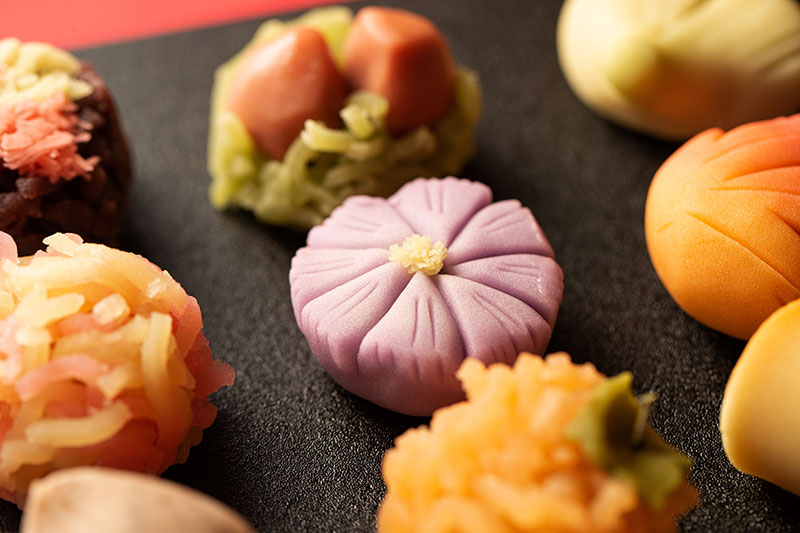
Wagashi (photo for illustrative purposes)
Japanese twist on Western confections
Western confections, adapted to Japanese tastes, have evolved uniquely. Japanese Western-style sweets maintain original recipes but are adjusted for subtler sweetness and delicate textures. Flavors like matcha, black sesame, and kinako (roasted soy bean) incorporate Japan’s native ingredients.
Emphasis on visual appeal extends to intricate packaging and shapes. Seasonal and regional limited editions are a hallmark of Japanese Western confections.
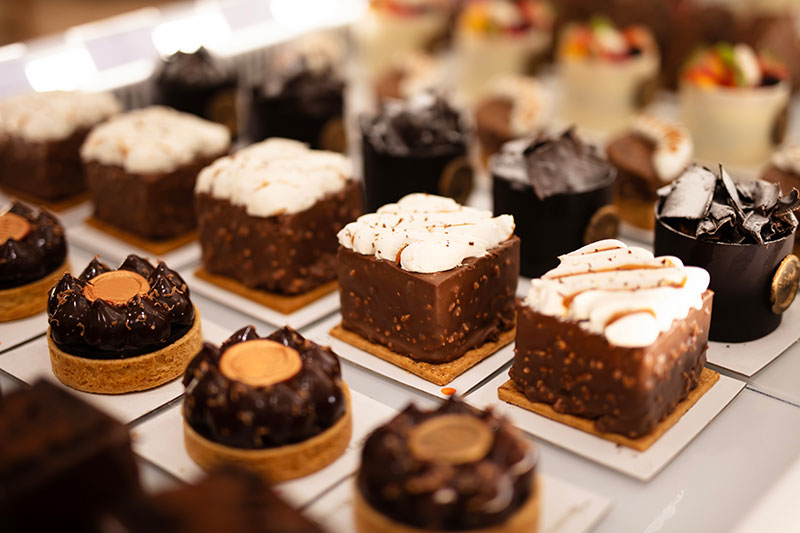
Japanese-style Western sweets (photo for illustrative purposes)
Uniqueness of Japanese snack foods
Japanese snack foods stand out globally for their unique development. It’s common for a single product to offer dozens of flavors. For example, Japan-exclusive Kit Kat flavors like matcha, sake, and purple sweet potato are popular among tourists.
Products balance sweet and salty flavors or focus on texture, reflecting Japanese attention to detail. These traits make Japanese snacks uniquely appealing.
Popular snack genres guide
Japanese snacks span diverse genres, each with distinct appeal. Here, we introduce popular products, their features, and ways to enjoy them.
Chocolate-based snacks
Japanese chocolate snacks are renowned for creativity and quality. “Pocky”, a leading chocolate snack, coats biscuit sticks with chocolate, offering a simple yet refined treat. Premium lines like “Luxury Pocky” provide richer flavors.
Toppo features chocolate-filled biscuit tubes, ensuring consistent flavor. “Alfort,” with its sailboat motif, blends biscuits and chocolate perfectly. “Kinoko no Yama” (mushroom-shaped) and “Takenoko no Sato” (bamboo shoot-shaped) spark playful debates among “mushroom” and “bamboo” factions, differing in shape and texture.
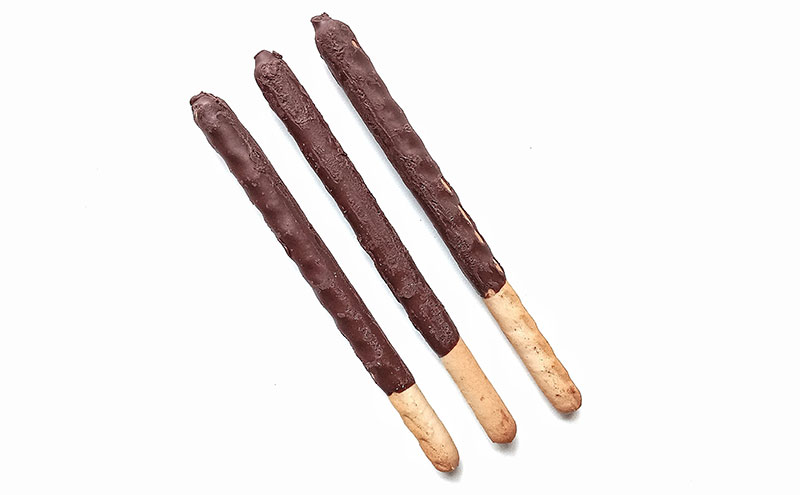
Pocky (photo for illustrative purposes)
Cookies and biscuits
Japanese cookies and biscuits excel in texture and flavor balance. “Country Ma’am,” a soft cookie icon, offers vanilla, chocolate, and matcha flavors.
“Koala’s March” features cute koala-shaped biscuits filled with chocolate, blending visual fun and taste. “Bisco,” a buttery cracker with sweet cream, includes lactic acid cultures for health appeal. These often come individually wrapped, ideal for sharing or gifting.
Senbei and rice crackers
Senbei, traditional rice-based snacks, are deeply rooted in Japanese food culture. Rice crackers, seasoned with soy sauce, salt, or nori, offer varied textures from hard to soft.
“Happy Turn,” launched in 1973, is loved for its sweet-salty “Happy Powder.” Arare, small rice crackers, include varieties like hineri-age (twisted fried crackers) or “Ponsuke”. “Kabukiage,” thick rice crackers with sweet-spicy sauce, deliver a bold flavor.
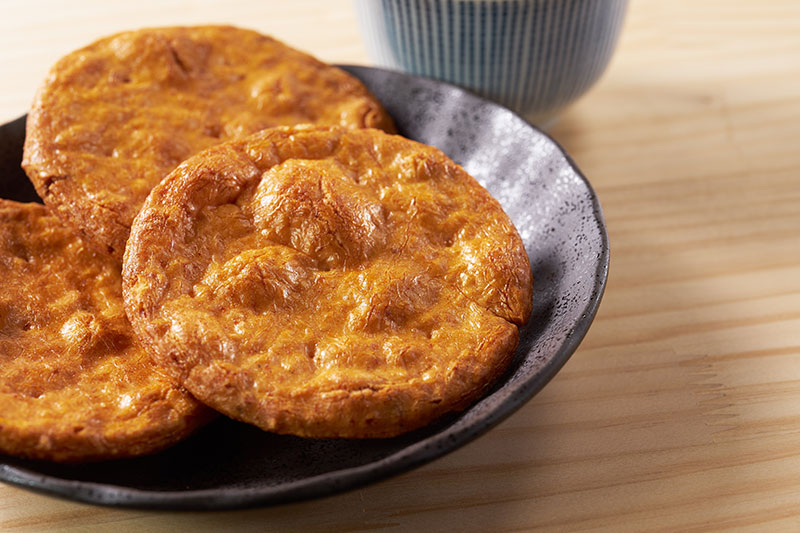
Senbei (photo for illustrativde purposes)
Gummies, candies, and chewing gum
Japanese gummies, candies, and chewing gum lead globally in innovation and creativity, offering diverse textures and complex flavors beyond simple sweetness.
Japanese gummies vary in firmness and elasticity, from juicy fruit flavors to cola or soda profiles. Shapes like realistic fruits or animals add visual delight. Candies, including throat lozenges or health-focused options with ume, shiso, or yuzu, offer tourists novel taste experiences.
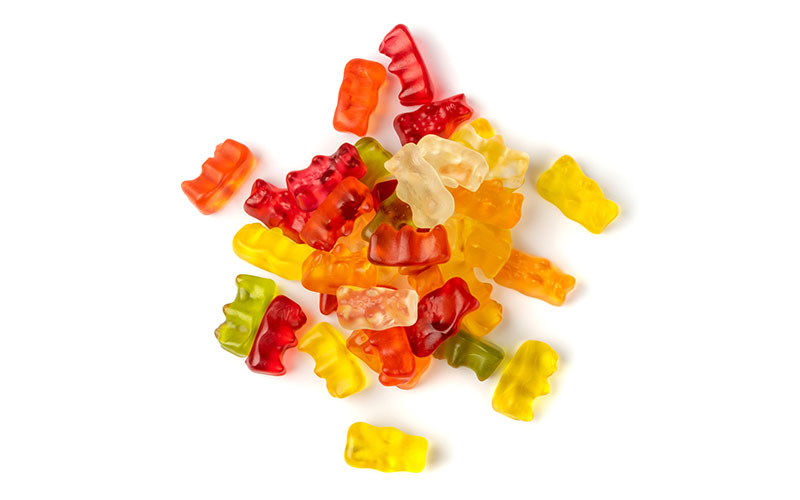
Japanese gummies (photo for illustrative purposes)
The world of snack foods: popular products
Japanese snack foods are globally praised for their variety and quality, offering unique taste experiences.
Classic snack foods
Potato chips dominate Japan’s snack market with flavors like consommé and nori-salt. “Jagabee,” a potato stick in a cup, balances convenience and taste, with classic salad flavor and regional exclusives.
“Pretz,” a savory Pocky counterpart, offers salad, tomato, or cheese flavors. Baby Star Ramen, dried ramen turned snack, is popular as a bar nibble.
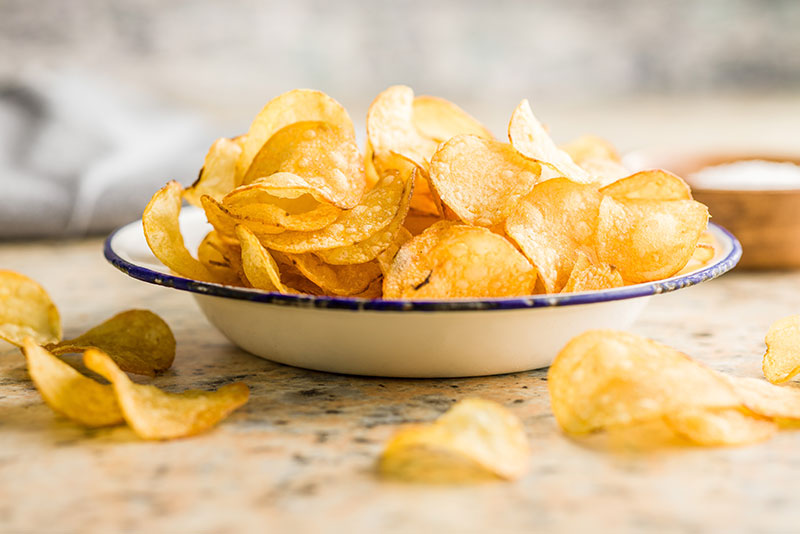
Japanese potato chips (photo for illustrative purposes)
Regional and seasonal specialties
A key feature of Japanese snacks is their regional and seasonal limited editions. These reflect local specialties or seasonal flavors, offering travelers unique experiences.
For example, Hokkaidō’s Jagabee features butter or cheese flavors, Kansai offers takoyaki (octopus dumplings) or okonomiyaki (savory Japanese pancake) flavors, and Kyūshū showcases mentaiko (spicy pollock roe) or brown sugar. Seasonal flavors include cherry blossoms in spring, salt and lemon in summer, chestnuts in fall, and chocolate in winter, prized for their exclusivity and collectible value as souvenirs.
Health-conscious snacks
Rising health awareness has spurred nutrient-focused snacks with added fiber, vitamins, or minerals, and lower-calorie options.
Brown rice or multigrain snacks offer higher nutrition than white rice-based ones, appealing to health-conscious consumers. Vegetable or fruit chips, emphasizing natural flavors, are also popular, showcasing Japan’s high-quality innovation for tourists.
Souvenir selection tips and considerations
Choosing Japanese snacks as souvenirs requires attention to key points to ensure recipients’ satisfaction.

Photo for illustrative purposes
Shelf life and storage
When buying snacks as souvenirs, especially for international travel, checking shelf life and storage is crucial. Opt for shelf-stable, long-lasting products, avoiding perishable or refrigerated items. Individually wrapped snacks maintain quality post-opening and are ideal for sharing. Moisture-sensitive items may require desiccants or sealed containers.
Confirm expiration dates and consider travel schedules, consulting store staff for suitable recommendations.
Allergen and ingredient checks
Verify recipients’ allergies, as many Japanese snacks contain wheat, eggs, dairy, soy, or nuts. Check ingredient labels and allergen warnings on packaging. Consider religious dietary restrictions, seeking halal or kosher-certified options if needed.
| Main allergen | Example products | Notes |
|---|---|---|
| Wheat | Cookies, biscuits | Gluten-free options available |
| Eggs | Castella, sponge cakes | Less common in wagashi |
| Dairy | Chocolate, cream-filled | Plant-based alternatives exist |
| Soy | Kinako, soy-based products | Traditional Japanese ingredient |
| Nuts | Almond, peanut products | Watch for cross-contamination |
Packaging and gifting
Japanese snacks are renowned for beautiful packaging, ideal for souvenirs. Individually wrapped items are shareable, while gift-wrapped options add elegance.
Department stores and specialty shops offer gift-wrapping with decorative paper or noshi (traditional Japanese wrapping paper), enhancing formality. Some products come in decorative boxes, perfect for gifting. For shipping, confirm delivery methods to maintain quality, especially for refrigerated items.
Price range and purchase locations
Japanese snacks vary widely in price. Convenience stores offer affordable classics, while department store food halls stock premium or exclusive items. Airport duty-free shops provide travel-friendly selections with tax exemptions, though variety may be limited, so city shopping is recommended.
Tourist shops carry regional specialties, often pricier. Choose locations based on budget and purpose.
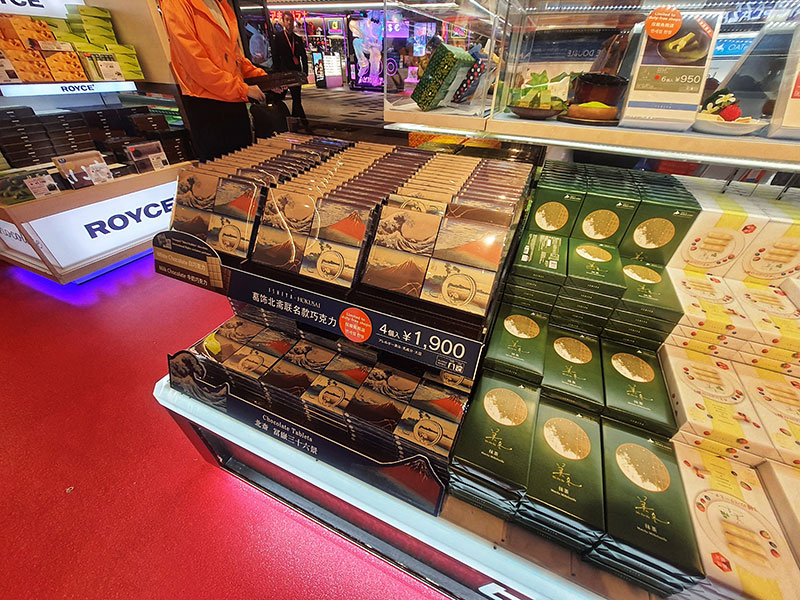
Japanese souvenir shop (photo for illustrative purposes)
Japanese snacks popular among international tourists
Certain Japanese snacks, loved for their unique traits, are especially popular with international tourists, embodying Japan’s food culture.
Matcha-flavored sweets
Matcha sweets, unique to Japan, enjoy immense popularity among tourists. Matcha flavored “Kit Kat,” globally famous, balances bitterness and sweetness, boosted by matcha’s health appeal.
Matcha flavors span chocolates, cookies, and ice cream, available in high-end or affordable options. Some products include explanations of matcha’s origins or tea ceremony culture, adding cultural value as souvenirs.

Matcha powder (photo for illustrative purposes)
Famous brand products
“Tokyo Banana,” a Tokyo souvenir staple, features fluffy sponge cake with custard cream, loved for its texture and taste. Its city-named branding adds sentimental value for tourists.
“Shiroi Koibito,” Hokkaido’s iconic treat, pairs white chocolate with thin, crisp cookies in elegant tins, ideal for gifting. These brands combine quality and fame, making them reliable souvenir choices with strong regional identity.
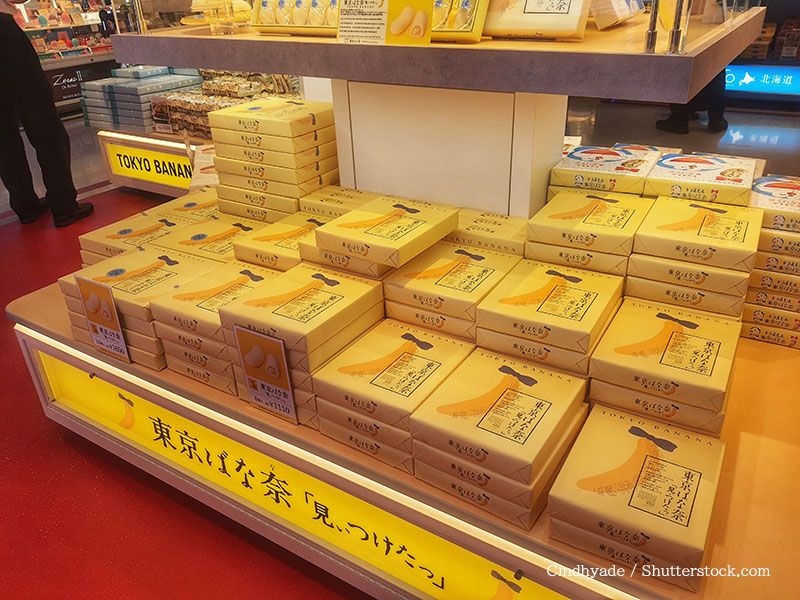
Photo for illustrative purposes
Unique shapes and concepts
Japanese snacks often feature distinctive shapes or concepts, like taiyaki (a fish-shaped sweet filled with red bean paste) or ningyō-yaki (doll-shaped cake filled with sweet red bean paste), which intrigue tourists with their playful designs.
Intricately crafted wagashi showcase Japanese artisanship, impressing foreigners with their artistry. Seasonal or event-themed shapes offer cultural insights. Anime or regional mascot-themed snacks, blending pop culture and cuisine, appeal especially to younger tourists.
Summary
Japanese snacks, with their diversity and quality, captivate global audiences, from traditional wagashi to modern snack foods, reflecting Japan’s seasons and culture.
For souvenirs, consider shelf life, storage, and allergens to ensure thoughtful gifting. Matcha sweets, regional exclusives, and famous brands are tourist favorites.
Through Japanese snacks, visitors can explore artisanship, seasonality, and cultural depth, enhancing their Japan experience. Try various snacks to savor their charm.


